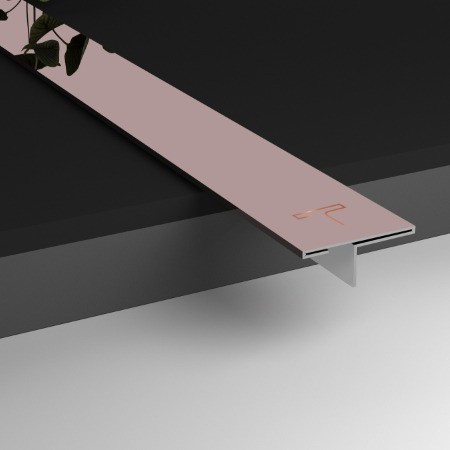how to remove hydraulic fluid from asphalt
Removing hydraulic fluid stains from asphalt can be challenging, but with the right approach and some effort, you can improve the appearance of the affected area. Here are steps to help you remove hydraulic fluid stains from asphalt:
Materials you may need:
- Cat litter, sawdust, or an absorbent material
- Safety goggles
- Rubber gloves
- Safety cones or caution tape (if needed)
- Pressure washer (optional)
- Degreaser or dish soap
- Bristle brush or stiff broom
- Bucket
- Hot water
- Oil stain remover or detergent
- Scrub brush with stiff bristles
- Garden hose with nozzle
- Baking soda (optional)
- Kitty litter (optional)
Steps:
- Safety First:
- Put on safety goggles and rubber gloves to protect your eyes and hands.
- Contain the Area (if needed):
- If the hydraulic fluid spill is in a public area, use safety cones or caution tape to cordon off the affected area and prevent accidents.
- Absorb the Excess Fluid:
- Sprinkle cat litter, sawdust, or an absorbent material generously over the hydraulic fluid stain. Gently press it into the stain using your foot or a broom to absorb as much fluid as possible. Leave it on the stain for a few hours or overnight.
- Sweep Away the Absorbent Material:
- Sweep up the absorbed hydraulic fluid and absorbent material with a broom and dustpan. Dispose of it properly in accordance with local regulations.
- Pressure Washing (Optional):
- If you have access to a pressure washer, use it to spray the affected area. High-pressure water can help remove some of the remaining hydraulic fluid.
- Prepare a Cleaning Solution:
- In a bucket, mix a degreaser or dish soap with hot water following the manufacturer’s instructions. You can also use a mixture of oil stain remover or detergent and hot water.
- Scrub the Stain:
- Pour the cleaning solution over the hydraulic fluid stain and scrub vigorously with a bristle brush or stiff broom. Focus on breaking down the stain and emulsifying the hydraulic fluid.
- Rinse with Water:
- Rinse the area thoroughly with a garden hose with a nozzle attachment to remove the cleaning solution and loosened hydraulic fluid residue.
- Repeat if Necessary:
- If the stain persists, you may need to repeat the cleaning process, focusing on the stubborn areas.
- Consider Baking Soda (Optional):
- For persistent stains, make a paste using baking soda and a small amount of water. Apply it to the stain, scrub, and rinse. Baking soda can help absorb and lift residual oil.
- Kitty Litter (Optional):
- After rinsing, you can sprinkle a layer of kitty litter over the cleaned area to further absorb any remaining residue. Leave it for a few hours or overnight and then sweep it up.
- Inspect and Repeat:
- Examine the area to ensure the hydraulic fluid stain is completely gone. If necessary, repeat the cleaning process until you are satisfied with the results.
Remember that the effectiveness of these steps may vary depending on the age and severity of the hydraulic fluid stain. Prompt action and repeated efforts may be required to achieve the best results. Additionally, be sure to dispose of any absorbed hydraulic fluid and cleaning materials properly according to local regulations.
Also Read:
https://fastspotter.com/how-to-remove-armor-all-from-plastic/
https://fastspotter.com/how-to-remove-asbestos-wallpaper/
https://fastspotter.com/how-to-remove-base-from-graco-car-seat/






